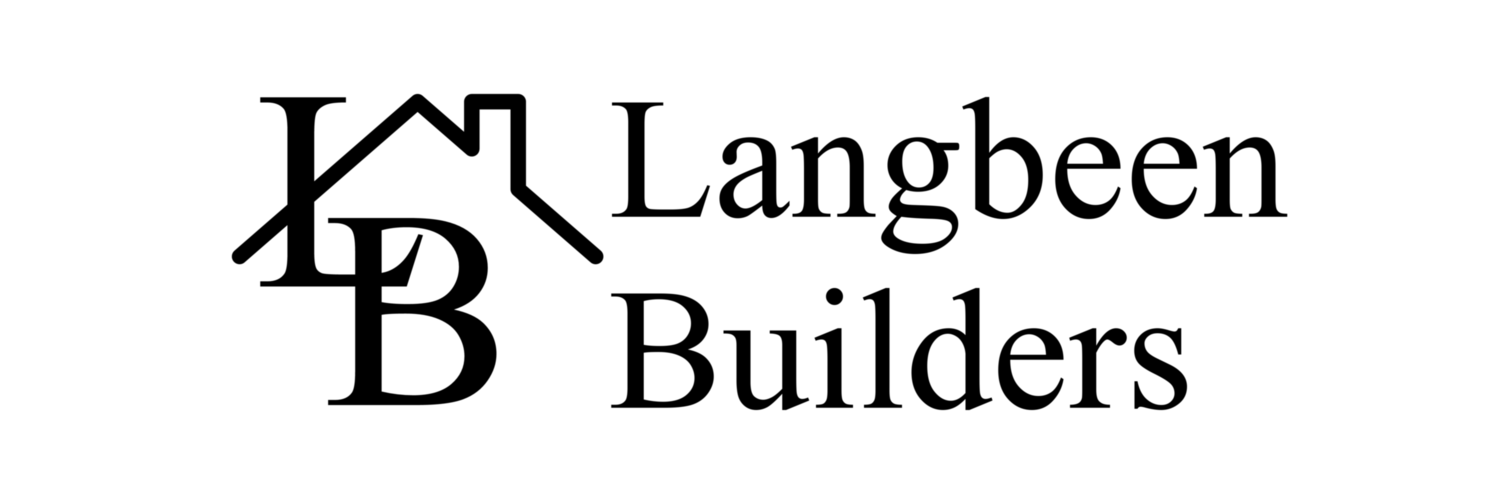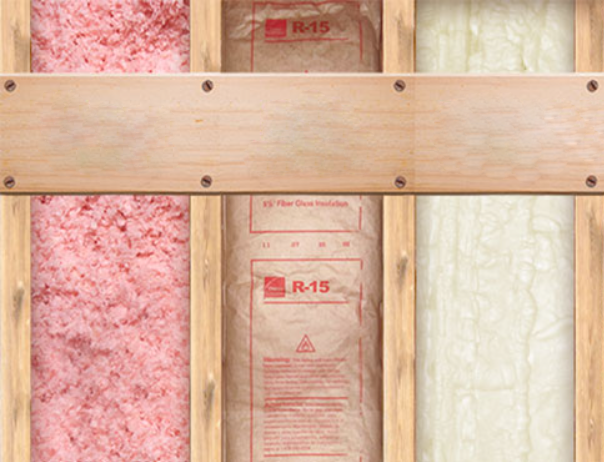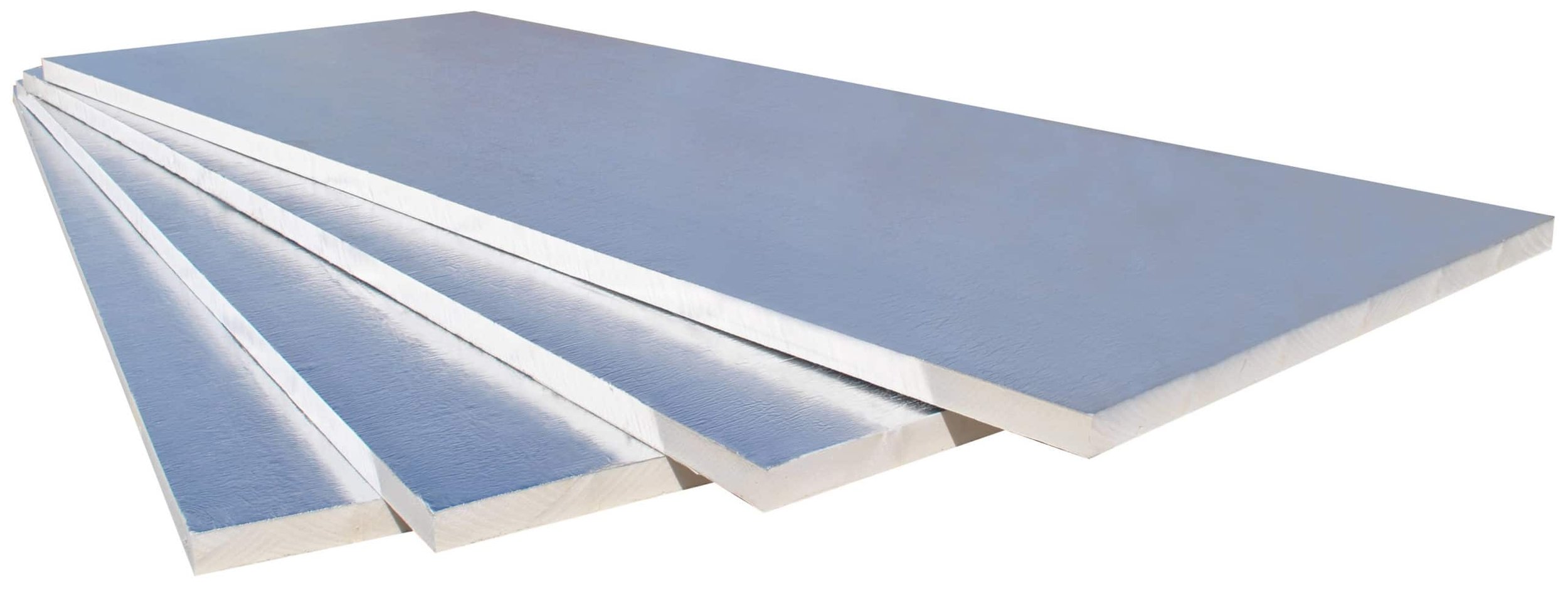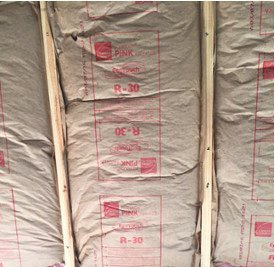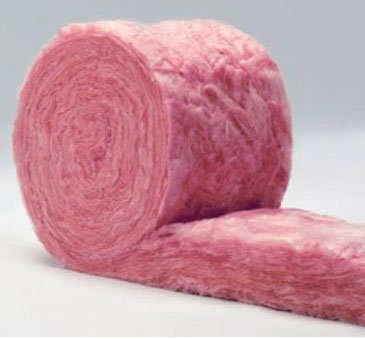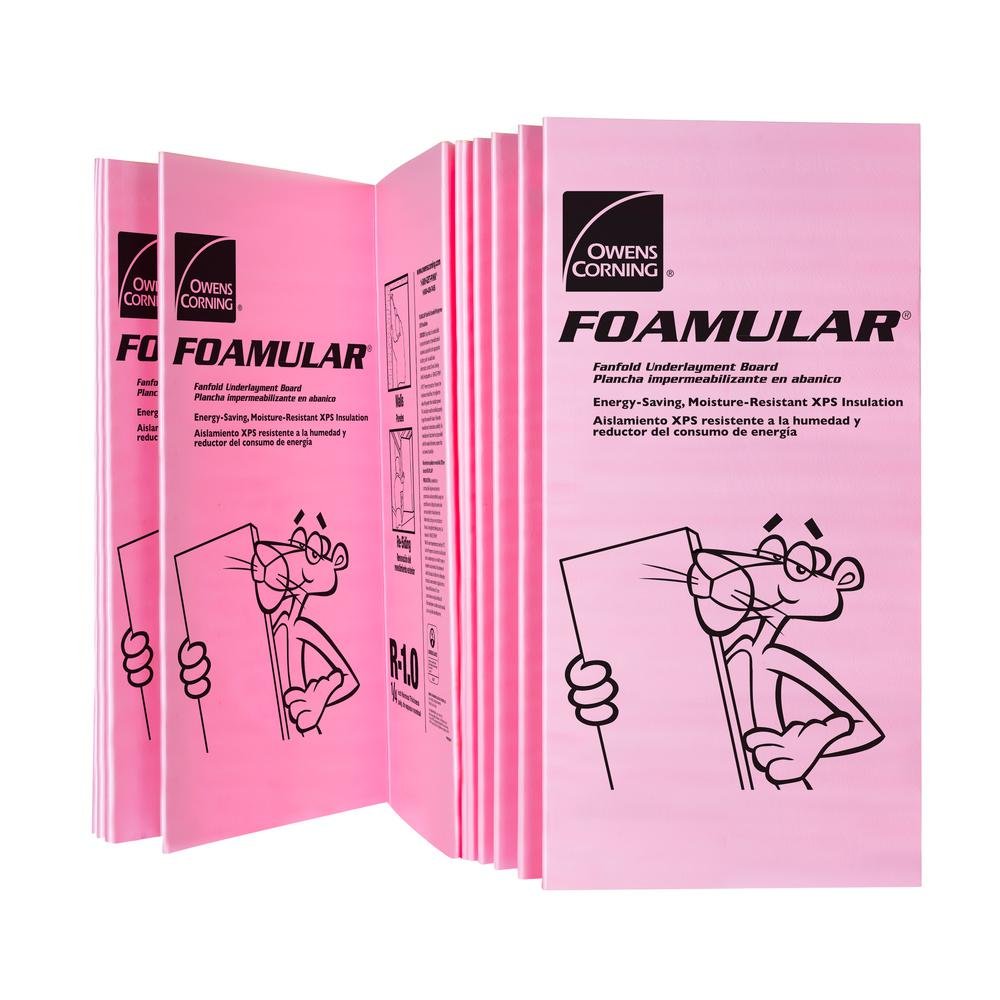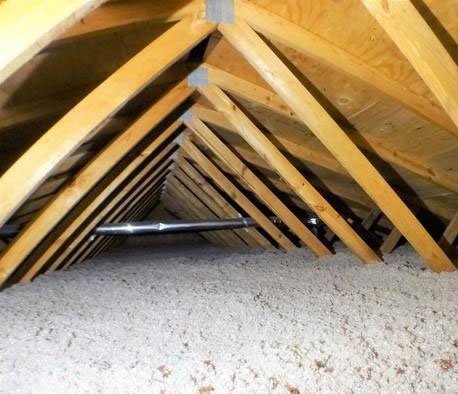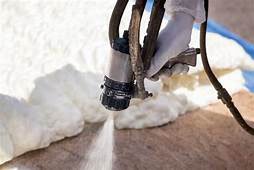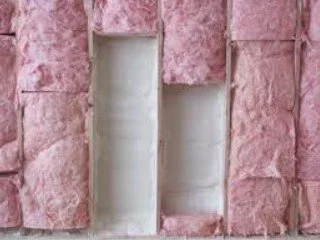UNDERSTANDING INSULATION OPTIONS
Insulating your new home will provide great comfort and energy efficiency for many years. There are a variety of home insulation choices for your new home build, including blanket insulation, foam board, loose fill/blown-in, sprayed foam, or flash and batt. Whether you are looking for the best energy-efficient insulation or the most cost-effective insulation material, it is good to know your options when building the home of your dreams.
Types of Insulation
Blanket: Batts and Rolls
Blanket insulation is the most common and widely available type of insulation. Blanket insulation is packaged in batts or rolls and consists of flexible fibers, mostly fiberglass. This type of insulation is also constructed of mineral (rock and slag) wool, plastic fibers, and natural fibers, such as cotton and sheep's wool.
Batts and rolls are available in widths to fit standard spacing of wall studs, attic trusses or rafters, and floor joists. Blanket insulation is available with or without facings; facings can include kraft paper, foil-kraft paper, or vinyl and act as a vapor barrier and/or air barrier. In addition, batts are available with a special flame-resistant facing, which is generally installed in basement walls where the insulation is left exposed.
Foam or Rigid Board
Foam boards or rigid panels can be used to insulate almost any part of your new home, such as Owens Corning Foamular. Foam panels are very effective as exterior wall sheathing, interior sheathing (basement walls), and special applications such as attic hatches. The boards provide good thermal resistance and reduce heat conduction through structural elements, such as wood and steel studs.
Loose Fill and Blown-in
Loose-fill and blown-in insulation contains small particles of fiber, foam, or other materials. These small particles form an insulation material that can conform to any space without disturbing structures or finishes. This ability makes loose-fill insulation ideal for attic spaces in new homes.
The most common types of materials used for loose-fill insulation include cellulose, fiberglass, and mineral (rock or slag) wool. Cellulose is made from recycled newsprint, cardboard, and office paper. While cellulose might be an affordable and eco-friendly option, it doesn’t create an air seal, and without an air seal, the cold and hot air will move through the attic.
Fiberglass is another popular type of insulation used in many new construction homes. Most fiberglass products contain 40 percent to 60 percent recycled glass. Again, while an affordable option, it is the least effective. Fiberglass insulation still allows for airflow into the attic.
Mineral wool is a fiber insulation, similar to fiberglass, but is made from natural materials and not glass. Mineral wool is usually produced from 75 percent post-industrial recycled content. There are two kinds of mineral wool available for home insulation. First is rock wool, which is made from fibers of stone and the second is slag wool, which is fibers made from iron ore waste. The slag and stone mineral wool insulation works as both a thermal insulation and acoustic insulation, minimizing heat loss and reducing noise in the home.
Sprayed Foam
Spray foam is an insulation and air barrier material that seals walls, floors, and ceiling cavities against air movement. This includes spaces around electrical outlets and light fixtures and where walls meet windows and doors. Spray foam can be sprayed into an open cavity, such as new construction, attics, crawl spaces, and rim joists. Unlike conventional insulation materials, spray foam never loses its shape and it will not compress, sag, or settle over time. Foam insulation is the only product that acts as an insulator and an air seal.
Flash and Batt
A flash and batt insulation system uses both closed-cell spray foam and fiberglass batts to insulate a space. This hybrid insulation system involves spraying a 1- to 2-inches of foam to create an air seal, then overlapping the foam with standard fiberglass insulation. With flash and batt, homeowners get the quality benefits of sprayed foam with the cost effectiveness of fiberglass insulation.
What Insulation Material Does Langbeen Builders Use?
Langbeen Builders uses a mixture of types and grades of insulation. Depending on the area within the home determines which insulation is used, for example:
R-15 3-1/2" fiberglass batt insulation in exterior 2x4 above grade walls
R-19 5-1/2" fiberglass batt insulation in exterior 2x6 above grade walls
R-30 9" fiberglass batt above sloped ceiling
R-30 10" fiberglass batt or blown-in above ceiling
